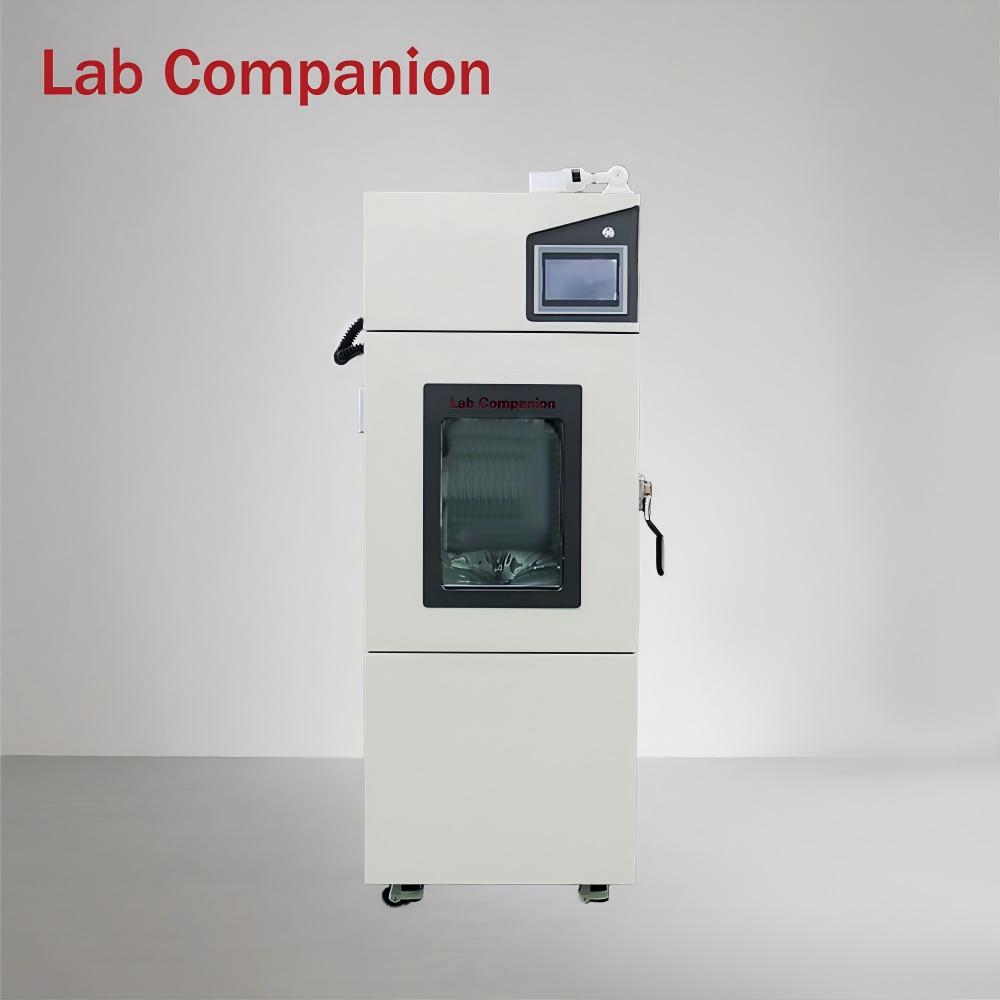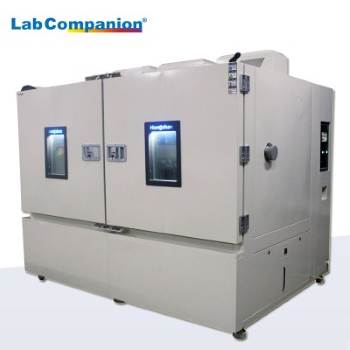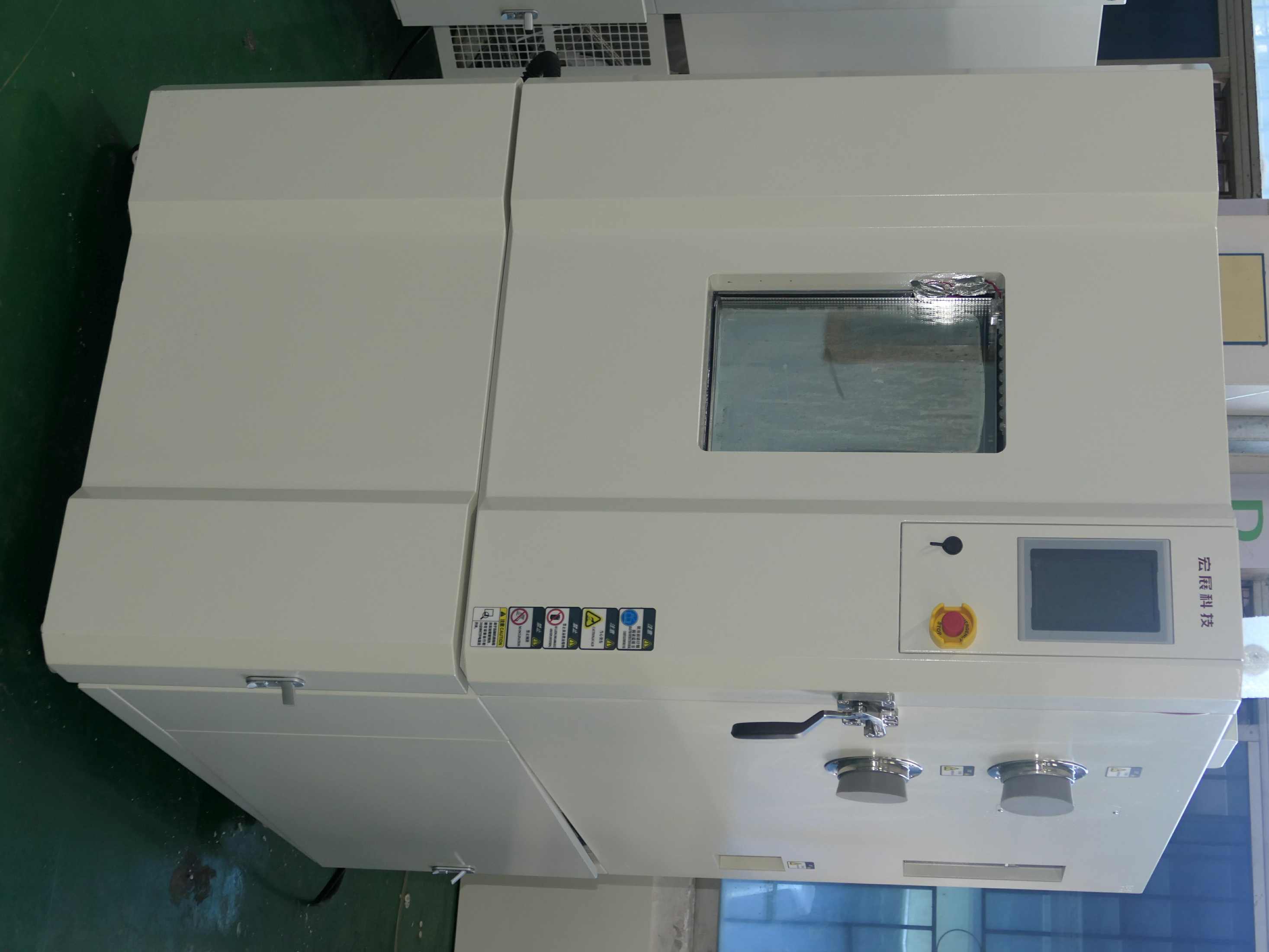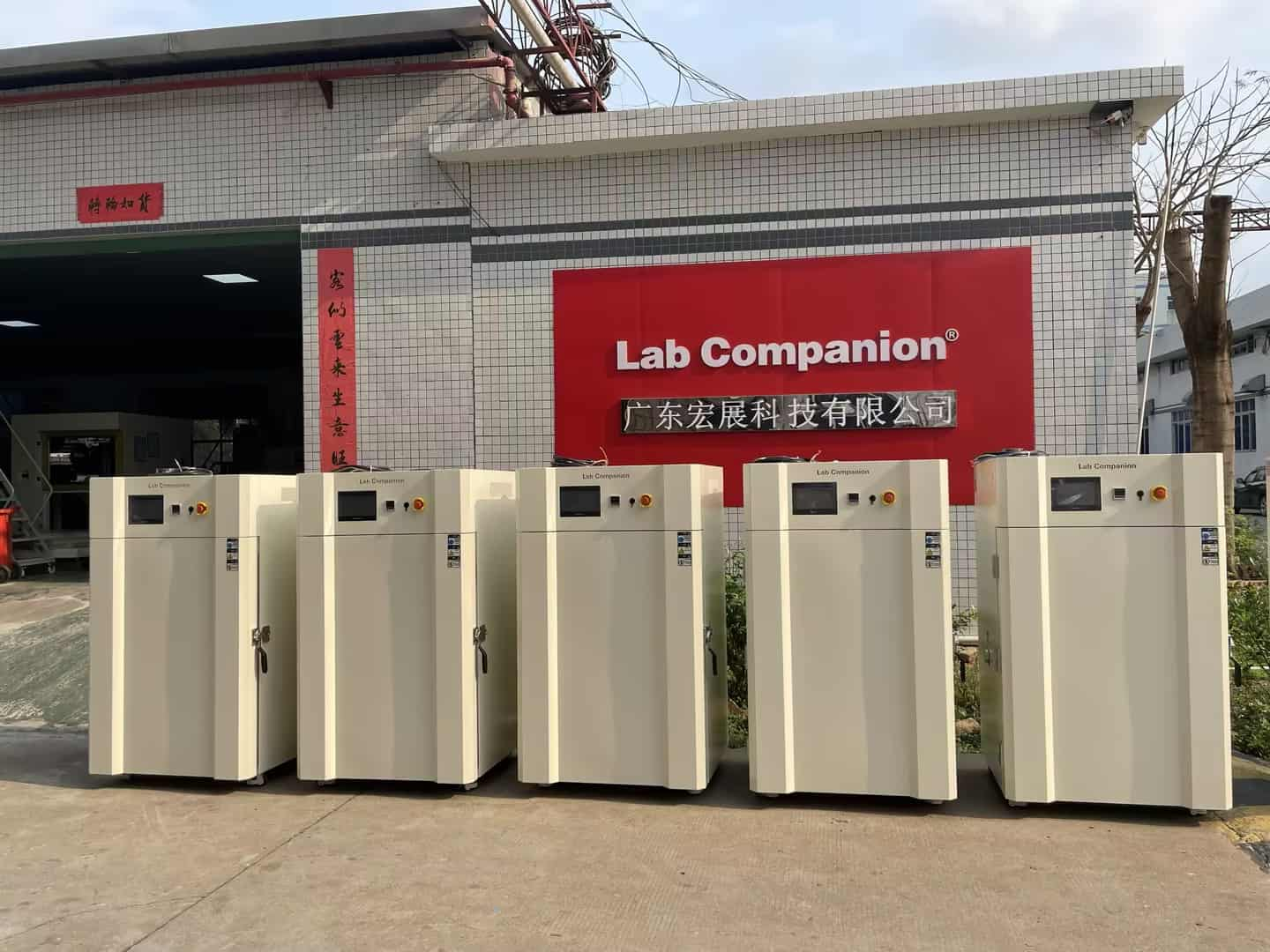How to avoid operation mistakes with Industrial Vacuum Ovens? Must-read usage guide for beginners!
Dec 08, 2025
I. Pre-Use Preparation
1. Equipment Inspection: Ensure the oven shell is well grounded, with no damage to the power cord and secure connections; check that vacuum valves and sealing rings are intact without aging or air leakage; verify that the vacuum pump oil level is within the scale range and the oil is clear and free of impurities.
2. Material Preparation: Materials to be dried must comply with the oven's applicable scope (flammable, explosive, and corrosive materials are prohibited). Place materials evenly in the baking tray, avoiding excessive stacking (not exceeding 1/2 of the tray height), and ensure there are ventilation gaps between materials and the oven wall, as well as between materials.
3. Environment Check: Ensure no flammable or explosive items are around the oven, the ventilation is good, and a maintenance space of at least 50cm is reserved; check that instruments such as the temperature controller and vacuum gauge are in zero state
II. Operation Procedure
1. Loading Materials into the Oven
Open the oven door, place the baking tray with materials steadily on the inner shelf, ensuring the tray is firmly positioned; close the oven door and tighten the door latch to ensure good sealing.
2. Vacuum System Operation
• Open the vacuum valves (first the oven's own valve, then the vacuum pump valve) and start the vacuum pump.
• Monitor the vacuum gauge; when the vacuum degree reaches the process requirement (usually -0.08~-0.1MPa, subject to material requirements), first close the vacuum pump valve, then turn off the vacuum pump to maintain the vacuum state.
3. Temperature Control Setting and Operation
• Connect the oven's main power supply, turn on the temperature controller, and set the "target temperature" and "holding time" according to process requirements (for stepwise heating, set parameters for each stage in sequence).
• Turn on the heating switch; the oven enters the heating stage. Check that the displayed temperature of the controller matches the actual temperature (if a temperature probe is available) to ensure stable heating.
• When the target temperature is reached, the system automatically enters the holding stage. During this period, regularly check the vacuum degree; if it is lower than the set value, repeat the vacuuming operation.
4. Shutdown and Material Retrieval
• After the holding period ends, turn off the heating switch and wait for the internal temperature to drop to a safe range (usually ≤50℃, subject to material properties).
• Slowly open the vacuum relief valve; after the vacuum gauge returns to zero, open the oven door and retrieve the materials (wear high-temperature resistant gloves to avoid scalding).
• Turn off the main power supply, clean residual debris inside the oven, and keep the equipment clean.
III. Key Notes
• Heating is strictly prohibited under vacuum conditions. Vacuuming must be done before heating to avoid abnormal internal pressure.
• If abnormal noise, odor, or instrument malfunction occurs during heating, immediately shut down and cut off power, and troubleshoot before reuse.
• Flammable and explosive materials must undergo safety testing. They can only be used under supervision after confirming no risks, and the oven must be equipped with explosion-proof devices.
• If the vacuum pump overheats or leaks oil during operation, shut it down for inspection promptly. Replace the pump oil regularly (recommended every 300 hours).
IV. Daily Maintenance
1. After daily use, clean the inner wall and shelves of the oven, and wipe the surface of the sealing ring to prevent foreign objects from affecting the sealing effect.
2. Weekly, check the flexibility of the vacuum valve switch and apply anti-rust lubricating oil to moving parts such as door hinges.
3. Monthly, calibrate the temperature controller and vacuum gauge to ensure accurate parameters; inspect the appearance of heating tubes and replace them promptly if damaged.
อ่านเพิ่มเติม






